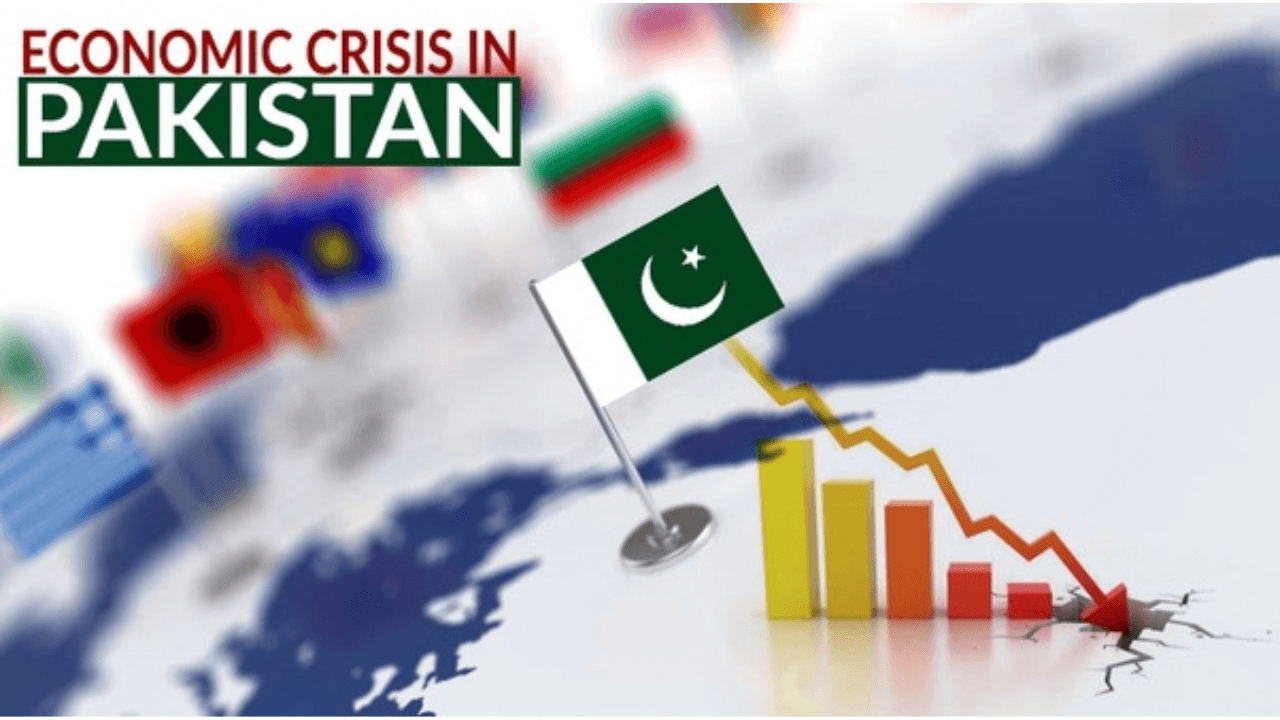Pakistan Economic Crisis
Pakistan is currently grappling with a severe economic crisis characterized by a shortage of dollars, leading to a complete halt in the import of essential food and beverages. The situation has resulted in stranded containers at ports, incurring fines and additional charges for traders. The lack of sufficient foreign exchange, compounded by the Pakistan State Bank’s inability to provide support, has further exacerbated the country’s economic challenges.
- Importers Forced to Suspend Imports:
Due to the unavailability of dollars, commercial dealers across Pakistan have been compelled to suspend imports. Banks have refused to provide necessary foreign currency, leaving importers with no choice but to halt shipments. The Karachi Wholesale Grocers Association Society has taken the decision to dispatch no shipments after June 25. - Depletion of Foreign Reserves:
The dollar crisis in Pakistan can be primarily attributed to the depletion of the country’s foreign reserves over the past year. Devastating floods in northwestern Pakistan and disruptions in oil supplies during the Russia-Ukraine war have significantly affected the economy. The inability to pay high tariffs on imported oil has contributed to the current crisis. - Political and Economic Challenges:
Amidst a political crisis that emerged when Imran Khan was voted out of office in April 2022, the new Prime Minister, Shehbaz Sharif, faced difficulties in arranging loans. This led to frequent visits to Saudi Arabia and the United Arab Emirates (UAE) in search of bailout packages. The political and economic instability has further strained Pakistan’s ability to address the dollar crisis effectively. - High Inflation and Economic Hardships:
Pakistan is grappling with a 50-year high inflation rate, pushing a significant portion of the population towards poverty. The government established centers for the distribution of free wheat flour to alleviate the burden on people. However, stampedes at these centers resulted in fatalities and setbacks. High inflation, unemployment, and low GDP growth rates have put Pakistan at a disadvantage compared to its neighboring nations. - Reliance on Foreign Loans and Debt Repayment:
Pakistan heavily relies on foreign loans, making the government dependent on external assistance and exposing the country to the risk of bankruptcy. Repaying nearly $80 million in debt, with a significant portion owed to China, poses a challenge in the coming years. While recent reports indicate a $1 billion loan from China, the sustainability of such aid remains uncertain.
Conclusion:
Pakistan’s shortage of dollars and the consequent halt in imports have plunged the country into a severe economic crisis. With importers forced to suspend shipments and foreign reserves depleted, the government faces significant political and economic challenges. High inflation rates, economic hardships, and reliance on foreign loans further compound the difficulties. Addressing these issues and stabilizing the economy will require comprehensive measures and sustainable solutions.
- 3 August Current Affairs 2023 in English
- MoU Between Subroto Mukerjee Sports and Education Society and All India Football Federation (AIFF) to Promote Football at Grassroot Level
- Dr. Mansukh Mandaviya Delivers Keynote Address at the 13th Indian Organ Donation Day ceremony
- Education Ministry Forms Expert Panel on Anti-Discrimination in Higher Education
- Concerns Arise Over Cheetah Deaths at Kuno National Park
